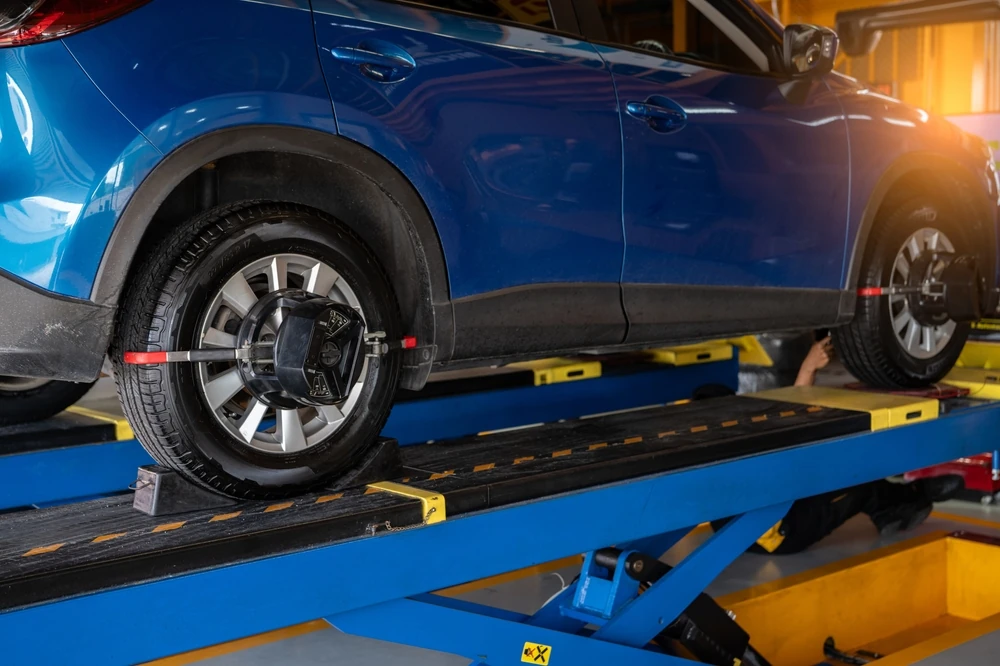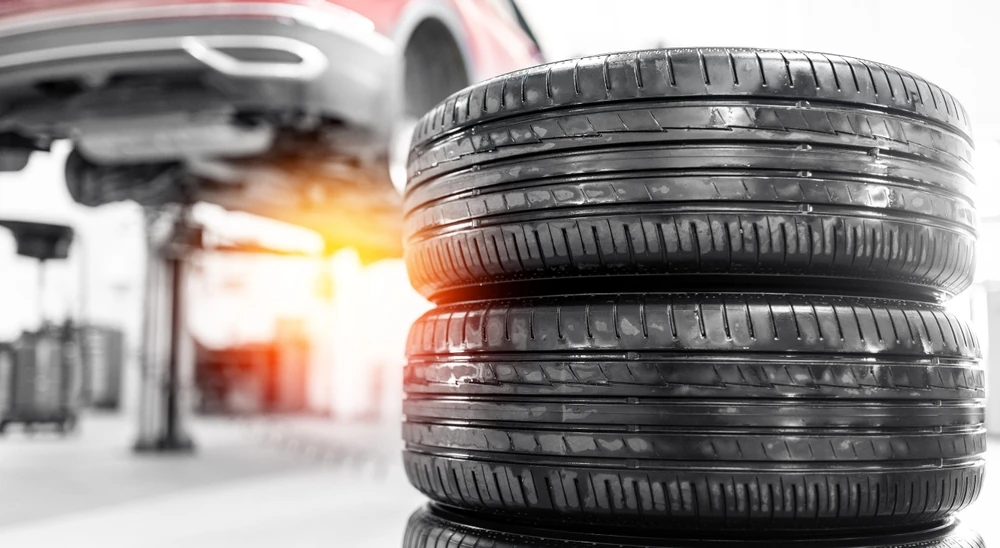Your Guide to Tyre Care for Urban and Suburban Roads
October 8, 2025
Your tyres endure a variety of stresses daily, from stop-and-go traffic to road debris. Keeping them in great shape is essential for performance and safety. Proper tyre care not only improves fuel efficiency but also ensures better traction and longevity for your vehicle. It’s an often-overlooked aspect of car maintenance that can save you money and trouble in the long run. Our team at Kar Pro Tyre & Auto understands how much your vehicle depends on the condition of its tyres, especially when navigating through busy city streets or uneven suburban roads.
When tyres are well maintained, you enjoy smoother drives and better control in both wet and dry conditions. Regular checks with timely replacements and knowing what suits your driving environment can make all the difference. Understanding how to select and maintain your tyres helps prevent costly repairs and potential accidents. By paying attention to small details, you can ensure your vehicle performs at its best every day.

City and suburban roads demand tyres that can handle different conditions like smooth highways and cracked pavements. Selecting the right tyres in Campsie involves understanding how they respond to temperature changes, cornering and frequent stops. Some tyres perform better in high-traffic environments, while others excel in quieter suburban areas with long stretches of road. Knowing how to choose the right tryes helps you get the most out of your driving experience and ensures your vehicle stays safe.
Different road surfaces and conditions can greatly influence how your tyres perform. Choosing brands that are designed for local terrains helps reduce wear and improve handling. It’s important to look for models that offer both comfort and strength to withstand city and suburban environments.
Balancing cost and performance is a key consideration when selecting tyres. Budget tyres can serve well for short-distance travel or low-mileage drivers, while premium tyres are designed for durability and better grip. Your decision should depend on your driving habits and the type of roads you travel on most.
Weather shifts throughout the year can affect tyre performance. Temperature and road moisture all play roles in how your tyres behave under different conditions. Adapting your choice of tyres and maintenance routine helps ensure consistent safety and performance.
City and suburban roads are not always perfectly maintained and potholes can cause sudden and costly tyre damage. Even a minor impact can affect alignment or create internal structural issues in your tyres. Drivers who frequently travel through uneven roads must be proactive in inspecting their tyres and maintaining proper care. Understanding what to do after encountering a pothole can make all the difference between a minor inconvenience and a major repair.
Striking a pothole can affect more than just the tyre’s surface. The impact can lead to alignment problems or internal sidewall separation. Acting quickly after the incident helps prevent further complications.

Even if the damage isn’t visible, your vehicle’s alignment may still be affected after a pothole strike. Proper alignment ensures tyres wear evenly and that handling remains steady on the road. Ignoring this issue can lead to premature wear and unsafe driving conditions.
There are times when tyre damage develops over time rather than immediately after impact. Small bulges or slow air leaks may appear gradually and compromise safety. Being aware of these early signs prevents sudden failures on the road.
Consistent tyre pressure is one of the simplest yet most effective ways to improve safety and performance. Under-inflated tyres can reduce fuel efficiency, while over-inflation can compromise handling and comfort. Seasonal temperature changes can also cause pressure fluctuations, making regular checks essential. Keeping your tyres properly inflated ensures they last longer and maintain better grip on all types of roads.
Temperature plays a significant role in tyre pressure and performance. Colder weather can cause pressure to drop, while heat expands the air inside the tyre. Adjusting accordingly helps maintain optimal performance across all seasons.
Maintaining the correct tyre pressure does more than ensure safety; it directly impacts fuel consumption. Properly inflated tyres create less rolling resistance, helping your engine work more efficiently. This simple habit can result in long-term fuel savings and smoother rides.
Tyre rotation helps ensure even wear and consistent performance. Depending on your vehicle type, this process distributes the workload among all tyres to extend their lifespan. Scheduling rotations regularly keeps your vehicle stable and improves overall handling.

Even with proper care, tyres naturally wear out over time. Recognising when they need attention is crucial for maintaining safety and performance. Tread patterns, sidewall integrity and overall tyre age all contribute to determining when a replacement is due. Acting before issues escalate prevents breakdowns and ensures your vehicle remains reliable.
Tyre tread patterns are designed to channel water and maintain traction. Their effectiveness decreases as they depreciate, increasing the risk of slipping or longer braking distances. Understanding tread indicators helps you decide when it’s time for replacement.
The sidewall of a tyre supports most of the vehicle’s weight, so any damage there is serious. Bulges or cracks can signal internal failure that requires immediate attention. Ignoring these signs can lead to blowouts or loss of control on the road.
Tyres degrade over time even if they appear unused. Exposure to heat and moisture gradually weakens the rubber compounds. Replacing old tyres prevents potential blowouts and ensures continued safety on the road.
Kar Pro Tyre & Auto believes that tyre care is one of the most important aspects of keeping your vehicle safe and reliable. By choosing the right tyres while maintaining proper pressure and staying alert for signs of damage, you can enjoy smooth and efficient drives no matter where you travel. Simple habits like regular checks and timely replacements go a long way in avoiding unexpected breakdowns.
Whether you’re driving through busy streets or suburban routes, consistent tyre maintenance ensures you get the most out of your vehicle’s performance. With the right attention and expert help, you can extend tyre life while improving safety and enjoying peace of mind every time you hit the road.